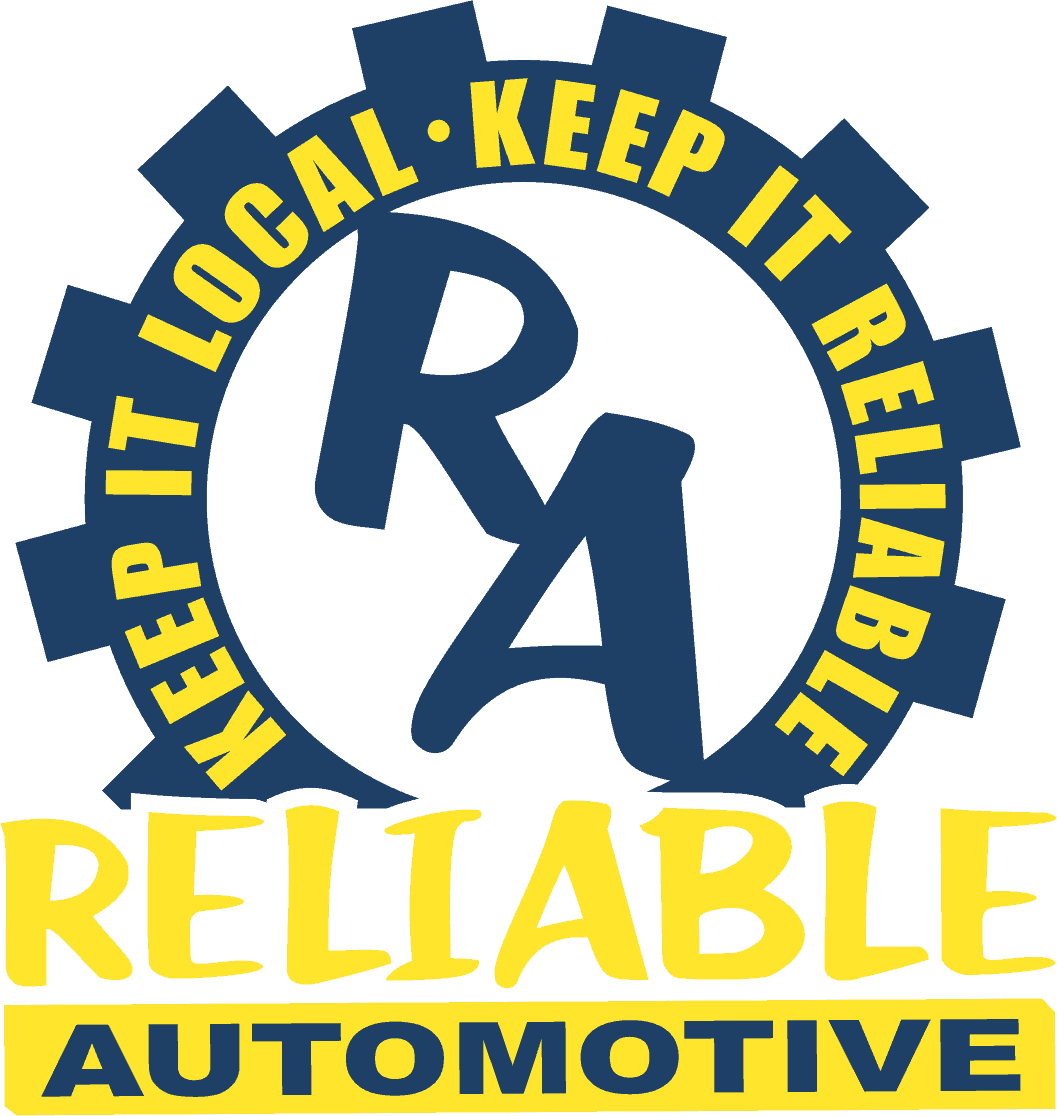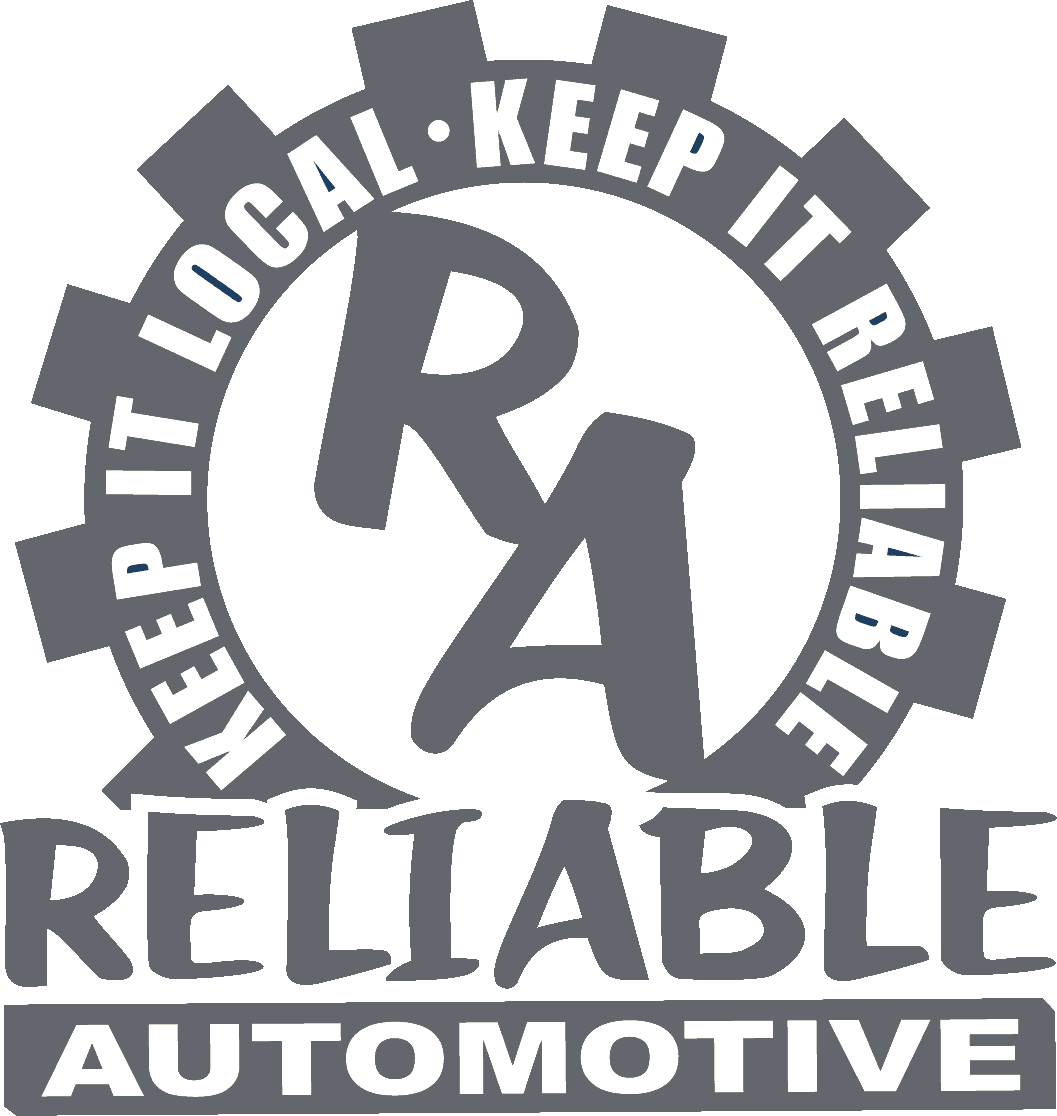Light Duty Truck Repair and Maintenance
Owning a light duty truck can expand your life, your business, and your personal life. Aside from it being ready for towing and offering an added payload, it gets in and out of less-than-perfect terrain. At that, it provides space in the cab for an extension of your office. Plus, driving a truck is fun for you and the family for weekend trips!
Like any vehicle, your truck needs to be serviced regularly to keep it on the road where you need it. Truck maintenance is easier than light duty truck repair: keep the truck current with a routine truck inspection at your local trusted mechanic shop and the repairs will be at a minimum. Make sure the automotive shop you choose uses industry-leading repair methods performed by highly-trained truck mechanics. Today’s trucks also require the diagnostic power of high-tech equipment in order to address any issues in the course of the inspection and truck repair.
Here are some tips to keep your light duty truck in top working condition.
Light Duty Truck Maintenance 101
You depend on your light duty truck to do its job every day. You are the first line of defense in keeping it that way. Next, you need a reliable, experienced truck mechanic to depend on for professional repairs and diagnostic work. Here are a couple more tips to keep your truck operating at its best.
1. Prepare for the Worst Now
Don’t wait for something to go wrong with your truck to find a repair shop and a mechanic. Your crew and your customers depend on you to show up on time and with the materials you promised. Establish a working relationship with a top-notch repair shop and a mechanic ahead of time. Then, when the unforeseen happens, you won’t be walking in cold to a shop that doesn’t know you or your vehicle.
2. Be Proactive in Protecting Your Brakes
Brake failure can be time consuming and devastating at the same time. It’s a common cause for accidents and can damage both vehicles involved (yours and someone else’s). Even worse is the injury that brake failure can cause to drivers and passengers. Lawsuits often follow along with emotional distress for everyone. None of this is something a business or driver wants to face. During your introductory meeting with your repair shop and your mechanic-in-waiting, develop a schedule for regular brake inspections. It’s critical that you don’t skip any inspections; it’s easy to do, but can cost you a great deal later. Here are some guidelines for maintaining and replacing brake parts.
- Check the brake shoe indicators that are designed to alert you when a brake pad needs to be replaced.
- When the pads are replaced, the mechanic should also replace the brake springs, pins, and bushings.
- Drums should be replaced when the shoes are changed.
- Your pressure gauge should read 60 psi or more (100-125 psi is ideal). If it’s less than 60, don’t drive the truck until the brakes are checked.
- Your mechanic should grease the slack adjusters, as well as the S cams, if needed.
- The linings and hoses should also be checked.
3. Be Alert to Engine Problems
As with most automotive systems, prevention is key. Don’t let it get to the point where your vehicle loses oil pressure, has a sudden decrease in power, or begins smoking. Keep to your schedule of maintenance checks, which should include:
- Compression checks that estimate the life of the engine.
- Monitoring coolant levels.
- Assessing exhaust temperature.
- Checking oil pressure.
- Checking wheel alignment.
4. Oil and Lubrication Matter
Recommendations regarding the frequency of oil changes for vehicles generally need to be revisited for your truck. Every 5,000 to 7,000 miles simply isn’t enough for trucks that see heavy usage and frequent trips.
Oil breaks down over time until it doesn’t offer the same protection for your engine as it did when it was new. By the time the engine fails completely, it’s too late to discover this. Many mechanics endorse more frequent oil changes for trucks. Keeping the truck lubricated with high-quality grease for the suspension, steering, and drivetrain zerks also protects the engine from expensive breakdowns. A routine maintenance check should include looking for leaks and slop in drivetrain parts. It’s a good idea to lubricate everything anyway, before any hauls.
5. The Body Matters, Too
The exterior isn’t just for looks. Corrosion literally eats away the body of your truck, putting it out of duty sooner than necessary. Here are some ways you can tackle this problem:
- If you live in an area that uses salt on the roads, wash your truck immediately following snow, sleet or rain. If you neglect this, the salt mixed with snow and sleet will eat away the chassis of your truck. Rain mixes with pollutants in the air to become acid rain that also corrodes the finish.
- Wash the truck every 10 days. This will get rid of contaminants that can eat through the clear coat, paint, primer and bare metal. Keep any drains debris-free; wipe down the door jams, too.
- Try to avoid large puddles of water on the road or in parking lots. They can collect contaminants, which then can corrode the underside of the truck. If it happens, spray the truck down with water before too much time goes by.
- Any dings in the paint should be repaired right away. If not, it’s an open invitation to rust.
- Door locks are another problem location with moisture, which leads to rust. Spray the locks with a lubricant in cold weather before parking the truck overnight.
6. Don’t Wait for Parts to Wear Out
Sounds obvious, right? But there’s more to it than that. What about the parts that wear out and aren’t manufactured any more? The solution is to stockpile parts now. Then you’ll have what you need even if a part is no longer available.
It also helps to buy parts with a lifetime warranty. Even if you don’t think a part has a warranty, it might. Most brake pads, alternators, starters, and oil seals come with warranties, so buy them up now. It’s better to have too many of what you need than to run out and not have any other way to get one.
7. Take Care of Electrical Systems
The onboard computer pays attention to the bundles of wires and sensors that keep the engine running. Technically, it’s called CAN, or Controller Area Network, and this network acts as connective tissue under the hood of your truck. Your truck computer has sensors and switches wired to monitor temperature, pressure, voltage, acceleration at different angles, braking, yaw and roll of the vehicle, steering angle, and other signals.
Your mechanic has been trained to diagnose and maintain these electrical components and computer parts in newer trucks, so leave this to the professionals.
8. Maintain Coolant Levels
The antifreeze keeps the engine temperature in a safe range. It also prevents corrosion and rust by protecting the entire cooling system.
It’s critical to replace corroded parts of the system in order to keep it clean throughout. Ask your mechanic for advice about the right coolant to use in your truck. It wouldn’t hurt to also ask about the correct amount of fluid and the proper dilution.
Be Your Trucks Best Friend
Like most vehicles, preventative maintenance pays in the long run. But a light duty truck has some specific needs and as the owner, you can be its first line of defense. After that, your professional mechanic at a trusted repair shop will be a valued team member in keeping your truck safely on the road.
Keep it local, keep it Reliable! For quality, affordable light duty truck repairs, visit the experts at Reliable Automotive in San Marcos, Kyle, or Buda. Call us today or use our convenient online appointment form to schedule your visit.







